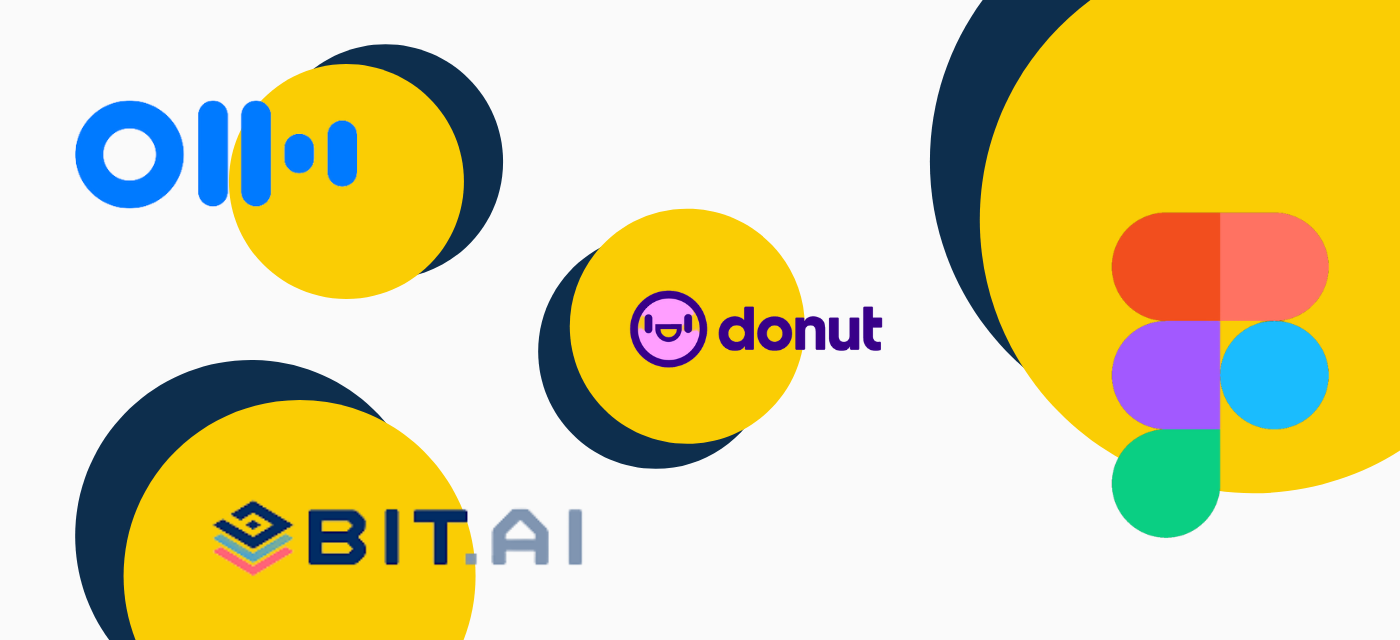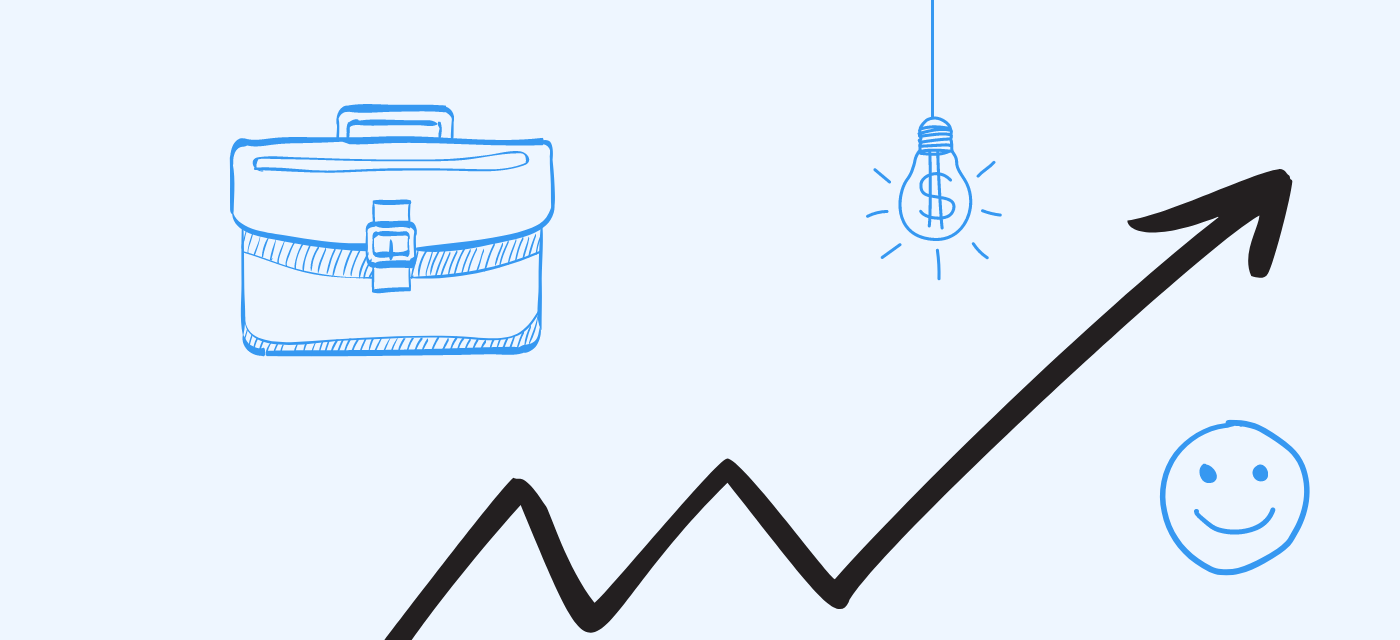Co-hosted by General Mills and Beam
Beam recently teamed up with General Mills to hold a roundtable discussion with some of the leading CPG brands in Australia to understand what challenges they’re facing with hybrid work, and where they’ve been finding opportunities to perform better as a workforce.
We were privileged to have an honest, open and generous ethic at the roundtable which generated unique and telling insights that many businesses could both empathise with and benefit from.
So here’s a roundup of the insights we shared, heard and are still processing to give you a little peek inside the brilliant minds of these progressive CPG leaders. We hope you can take away a few things to apply to your own business.
The context
The CPG sector has experienced massive disruptions over the past year. In fact, CPG brands experienced intense growth during the pandemic: more absolute growth in 2020 than in the four-year period from 2016 to 2019. This group of progressive leaders are united by a purpose to make work better - to move forward rather than backwards in these unique times - and to bring better employee experiences to their organisations.
It’s generally accepted that this discussion on Hybrid Work was less about whether we’ll stay in this model - it’s become a non-negotiable, driven by a tight talent market, proven work-from-home productivity for our office workers and re-set expectations. Rather, it was about the people challenges and business risks Hybrid Work has triggered, how we manage our organisational outcomes in this environment, care for our people’s wellbeing and safety and take the opportunity to become an employer of choice.
The group unanimously expressed feeling big changes over the past year and, as People & Culture leaders, are having to navigate executives, managers and all employees through it at pace. They’re dealing with the new dynamic of their hybrid work environments, supply-chain disruptions and unprecedented volatility in demand — all while remaining under pressure to get products onto shelves or otherwise into the hands of consumers and keep employees and customers safe.
While demand skyrocketed for many in the industry, CPG saw a50% increase in supply-chain costs and in 2020, wages and labor costs in manufacturing increased substantially—from 5 to 20 percent—as a result of COVID-19 pay and overtime.
McKinsey predicted in March that the pandemic’s effect on demand and costs for the CPG sector would remain volatile and varied for some time.
In short, there are several new business pressures to navigate.
The key risks and challenges being felt by organisations in the group are:
Safety & wellbeing
First and foremost comes the safety and wellbeing of our people. In our hybrid work environment, workloads have increased by an average of 11% (or 48 minutes per day) and meetings have increased by 13% - arguably more in the CPG industry. According to research from UC Berkeley and Deakin Uni, unsustainable workloads is the first of six main causes of burnout - which leads to attrition, sick days and, more importantly, mental ill-health for our people.
In fact, the World Health Organisation has recently defined burnout as an organisational responsibility.
With no foreseeable end to peaking workloads and a new war for talent in Australia, getting visibility into our people’s workloads and caring for their wellbeing through workload management, prioritisation and strong management has become imperative. But visibility is hard with distributed workforces, and compounded by variable manager capability and mind-sets.
New inclusion and diversity challenges
…such as unconscious bias / treatment of people who are working remotely and those working outside the Head Office environment. Gender diversity is sliding back decades.
It’s not just location we need to be flexible on - the ability to redesign roles for part-time and job share at every level is more important now than ever. New inclusion challenges have arisen with hybrid meeting practices, different ‘us and them’ dynamics, and old-school vs new-school leadership mindsets on the effectiveness of working from anywhere.
Breakdown in company connection
…with significant impacts on innovation. We’ve seen teams come together but connections cross-silo and to company goals fall away.
Impact on learning and progression
Remote working has led to a void in incidental and on-the-job learning opportunities. This has been critical for organisations to progress, engage their employees and pipeline internal talent into leadership roles. How can we recreate those learning opportunities remotely? If we can’t, is office-time critical?
Business performance
When we can’t ‘see’ our workforce, it can feel like we’re flying blind. But we were living in a false sense of security thinking we knew what people were working on when in the office.
In many ways the global pandemic has only brought underlying issues to the surface. Today we have a lack of visibility into what people are doing and how they are feeling, which is causing stress and discomfort with many leaders who are responsible for business performance. We need to get visibility in a new way - one that empowers our people.
Retention or talent acquisition challenges (resulting from a war for talent)
There’s new war for talent with closed borders and an increased demand for e-commerce and digital skills - making engagement and retention a top organisational priority, and burnout a huge business risk. Also our people and the talent market are demanding more flexibility. Seek recently found that flexibility is now the no. 1 perk sought by talent.
These challenges aren’t surprising, since Beam’s research has shown that while 97% of people (including leaders!) want to continue working flexibly, 70% of organisations are not equipped to support them to work that way. It’s causing a lot of friction, and putting particular pressure on managers who are stuck in the middle - and P&C - to figure it out.
Managing these risks and our employee experience has become a top priority for organisations in the CPG sector and beyond in this new Hybrid Work Model. The decisions we make about how to manage them will impact the wellbeing, diversity and productivity of our workforce.
Innovations shared to tackle these challenges and risks
Team-based work design
General Mills’ “Team Flex” program, wherein a charter is developed by each in-tact team, from the leadership level cascading down. This reduced ‘fear of returning to the office’ from 70% to 0%.
Guidance for Hybrid Ways of Working
Providing clear guidance on expectations, understanding what work is best done in the office vs at home, how people should plan their work rhythms, communications, behaviour and language, and even how and when they use technology to communicate, can all be really helpful for consistency across the organisation.
What happens in the friction points?
Call out leadership hesitations and discomfort with a Hybrid work model - in order to address and tackle biases. Take a conscious approach to ‘it’s not working’ language… stop and consider - is it my own bias or is it truly not working? If not, why not? Be comfortable with uncertainty - value “bravery above perfection”.
“Music’s made between the notes”
A couple of participants noted that creativity and innovation are fostered in live collaborative working. There is a lot of power for organisational performance in that - so orchestrating ‘in office days’ has merit. But how that is done…
Magnet or mandate
Providing people-led choice on when to come into the office within two attendees’ organisations is interestingly resulting in 30-40% of time in the office. Conversely, in the example given where this is mandated, great resistance is felt, with potential impact on engagement and retention.
The insight? Choice and autonomy is very powerful, and people may come to the same conclusion as leaders, when driven by team accountability rather than top-down directives. You can see Beam’s article on bottom up vs top down Hybrid Work decisions here.
What about factory workers and their support functions?
Going above and beyond to ensure they know they’re valued through bonuses, gifts, recognition and leadership appreciation is important. Redesigning R&D processes to be done remotely has led to innovation and agility; live-streaming from the factory to continue NPD efforts has also generated new ways to operate in a volatile, lock-down environment.
In other innovations, Beam is seeing leading Hybrid work organisations focus on these critical capabilities:
Prioritisation
Leaders and team members need to be able to flex their responsibilities, focus and time to perform at their best. We need to find that point at which we’re working incredibly hard and smart, on the right things, but not burning out. The same goes for our whole workforce - and when we are at that point, our business will be at peak performance and our people will be able to contribute at their peak as well.
Data-led decision making
One of the key themes emerging when we talk about solutions is the need to move from ‘gut feel’ to data to inform people and workforce decisions.
Case study
A major grocery retailer has used Beamible to re-calibrate workloads to address burnout. Using data, they were able to identify a difference in processes between the various states and make resourcing decisions to support the people whose workloads were affected - saving a key leader from burning out and leaving the business. This is now a practice being rolled out across other areas identified by their engagement survey as having workload challenges.
Work design
Taking a conscious approach to workloads. This includes work distribution and creative ways to hire talent to grow teams (which isn’t a like-for-like replacement) - with a few of the key principles being team-based, transparency and people-led OR human centric.
Case Study
Fitness Passport took this approach through Beamible and identified that:
Top-performing relationship managers were spending 55-60% of their time on creating collateral - work that could be reassigned to a more junior role, allowing RMs to focus on relationship building and generating additional revenue.
The experience level of a new hire planned could be reduced from senior to junior as the nature of the work was less complex than originally anticipated.
Meeting time could be reduced while increasing effectiveness by providing teams with more day-to-day visibility into work across their own teams and the wider organisation.
Our perspective?
Visibility and a people-led, team-based approach is critical!
How can we support teams and organisations to make decisions about hybrid working without visibility into the nature of what work can be done remotely and what are people’s preferences?
How can we identify burnout without knowing who is working long hours and give them the tools and data to adapt roles as needed - to minimise burnout?
How do organisations move from gut feel on people decisions to data driven actions in order to avoid biased, inconsistent decisions on Hybrid Work?
What’s next?
If you’d like us to share any case studies, give you a demo of Beamible or discuss whether we might be able to support you,just let us know.
Good luck navigating these challenges!





